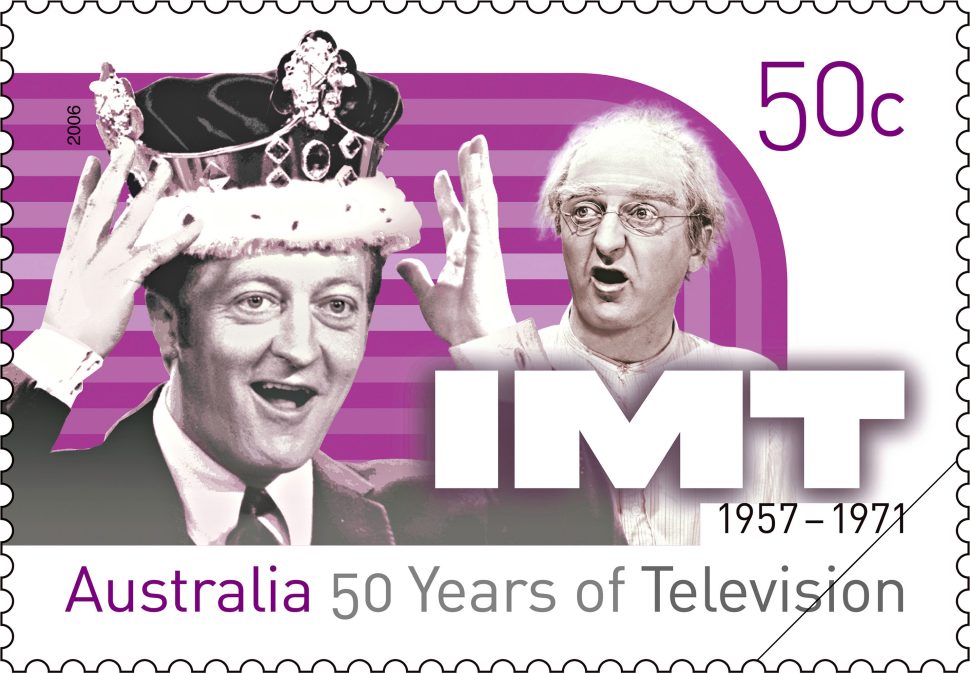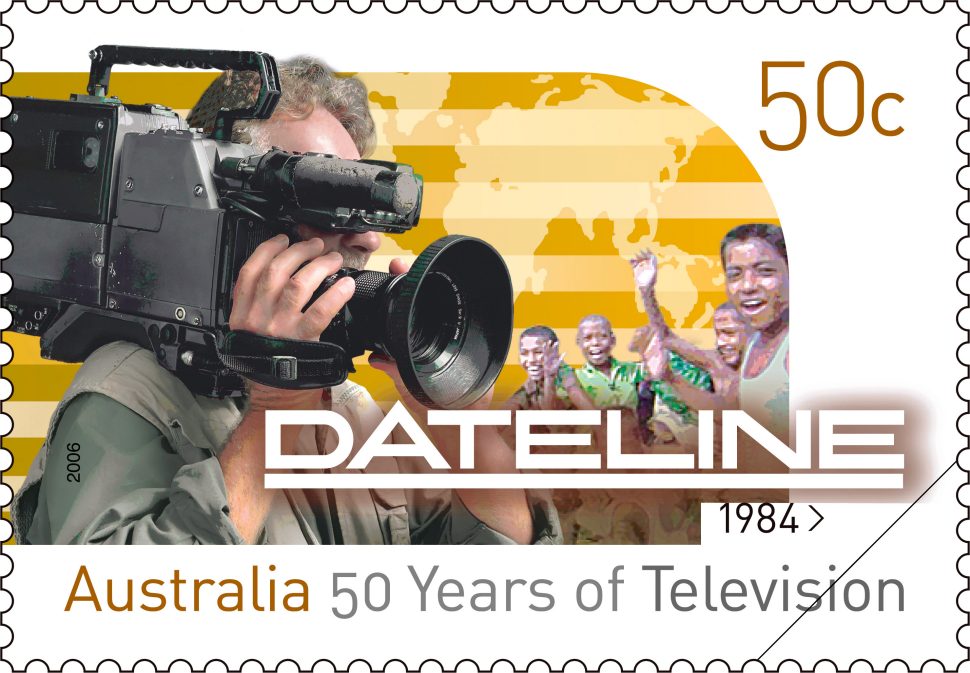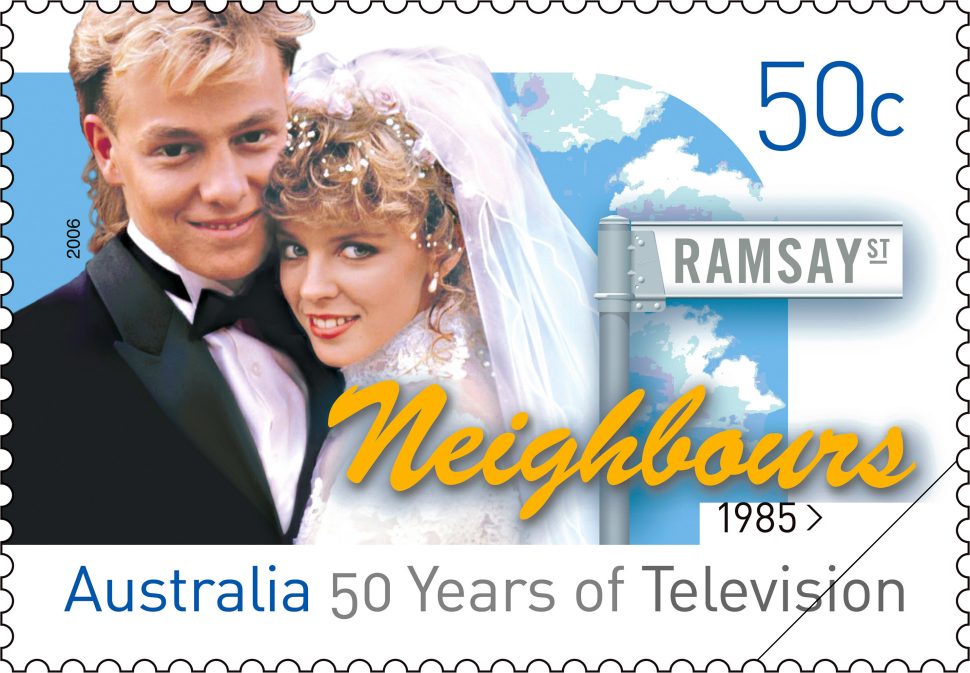In this third instalment in our How Australia Post stamps come to be series, we talk to researcher Hilary Ericksen, who along with her two fellow researchers, develops the story upon which each stamp design is based.
What are your main tasks as a researcher?
The main tasks of the researcher in the philatelic context are subject and image research, issue conceptualisation, designer briefing, writing, editing and proofreading. In essence, our role is storytelling, so these tasks all enable that function.
Each issue in the stamp program is defined by a broad theme, which is set out in the official stamp program. As a group, we researchers determine which issues each of us will be assigned to. This is partly based on our particular areas of expertise and simply what interests us the most, but we also need to spread our stamp issue release dates across the year. We work on multiple issues at once and each will be at a different stage of production at any given time, so need varying degrees of attention.
For each stamp issue, the researcher develops an understanding of the subject area and conceptualises ways through which the subject might be represented over the stamps. We must also consider how the subject will translate visually. The researcher presents their concepts with representative imagery to the project team for discussion, and together an appropriate conceptual and design direction is chosen.
What happens once a conceptual and design direction is chosen?
The researcher undertakes further research to nail each stamp’s subject matter and to gather visual material before the designer is briefed. Some stamp issues require very specific imagery – for example, historical issues – which the researcher will find; others, such as a botanical issue treated photographically, will require less specific imagery, so long as the correct species is shown. In this latter case, the designer can source visual material in order to have the perspective and composition best suit their design. (In particular circumstances we commission photography.) For an illustrated stamp issue, the researcher will gather reference photographs and specify the particulars of the subject matter when briefing the illustrator, and in some instances a subject expert may review the artwork during development.
The researcher provides feedback during the design phase, too; for example, if particulars of the brief have not been met, if a certain image is not accurate, if a design is not communicating the subject well or if design aspects need refining. We may also need to verify images that the designer has sourced to ensure they are accurate and can be used, from a copyright perspective.
What tasks need attending to while the design is being developed?
While the design is being developed, we will begin writing text for the various products and supporting materials that accompany the stamp issue – the standard products, prestige booklets, associated numismatic products, the Stamp Bulletin, the Annual Collection of Australian Stamps and media materials, for example. Our role in developing issue products is similar to what it is for the stamps. Besides this, we edit and proofread any copy that is released, just as we proof the stamp themselves. So at the heart of it, the researchers are ‘quality control’.
What sort of skill set does the role require?
My colleagues and I all have humanities degrees. Tertiary degrees are essential to this sort of work for the broad cultural knowledge, critical thinking and analytical skills they impart.
As well as having well-developed research and writing skills, we must be conceptually adept – able to take a broad theme, condense it into a simple, resonant story and figure out how it might be reflected visually.
The role also requires expert communication skills; it’s no good having great ideas if no-one can understand what you mean. You also need a good dose of resilience for the times your idea ends up going pear-shaped.
How do you begin the research process?
This depends on the stamp issue theme, but we always begin with reviewing the stamps we’ve produced on the theme in past so that we do not repeat ourselves.
While in the pre-digital age our subject research would have begun in the library, these days it is more likely to begin on the internet, both for what subject information can be gleaned and for finding specialist collections and resources. We have our own Philatelic library, but we are also frequent users of State Library Victoria and have access to interlibrary loans for published material.
An online resource such as Trove is particularly useful for developing historical stamp issues, providing access to historical imagery and newspaper and other articles, and for networking with the collections of many cultural organisations. Subject experts are also invaluable for their assistance during research.
So you consult with subject matter experts?
Yes, with much regularity. While we researchers have specific areas of knowledge, we are also generalists. Given the very broad nature of the stamp program, we must rely on subject matter experts to consult on particular topics. A specialised or scientific topic, for example, will involve detailed discussions with an expert to get a clear understanding of the subject and to be confident that we have depicted it well. Fortunately, subject experts are usually happy to have their area represented in the stamp program and very generous with their knowledge and time.
Where do you find your visual material?
Again, this depends very much on the theme and the design approach. A specialist organisation such as the Australian War Memorial, for example, provides much of the imagery that is reproduced on our military-themed stamp issues. Many museums have image libraries from which we can request specialist photographs, but we also use large and small commercial image libraries (e.g. Getty Images, Oceanwide Images, Shutterstock) and individual photographers (purchasing one-off shots and commissioning).
If a stamp issue is focusing on a fine artist, photographs of the works of art will most usually come from art galleries. With illustrative stamp issues, the design manager will usually commission illustrators to produce artwork for us.
Once you have conducted your initial research, how do you then translate the conceptual idea to the stamp design?
There are many things to consider when developing a story or topic for the stamps. While the subject is most fully represented across the stamp issue, each stamp design must work in its own right. Collectors often have the benefit of philatelic products on which we explain the theme textually, but many people see only a single stamp on an envelope. This means the story must be reasonably straightforward and self-evident, with the visuals supplying both the story and context. The imagery needs to be strong and clear, although sometimes a layered approach and more subtle devices can help anchor meaning and expand the story. Typography, too, can be used to express meaning.
To give just one example, consider the 2006 stamp issue 50 Years of Television, which uses a layered approach. Each design has two pictorial elements and the title signature to flag the program being used to represent a decade of television history. At a more subtle level, the shape of the pictorial zone suggests a television screen and the lines that cross it (or not) denote the evolution of the technology. The issue title and each program date have been introduced to help make the single designs meaningful when seen in isolation. If you consider the five together, however, you will see that they show not only different eras but also different genres of program, and they represent Australia’s two public and three commercial television broadcasters.
What do you enjoy about the role and what do you find the most challenging?
I really enjoy the variety of themes I get to work on and the experts I get to speak to, from Nobel Prize winners and writers to Antarctic explorers and scientists. I also enjoy the hunting and gathering aspect of the role – tracking down great resources, reading interesting material and then visually conceptualising it. It is an intellectually engaging and creative role.
The challenging times are when you come to a dead end. Despite your best efforts, you just can’t make something that seems like a great idea work as a stamp.
For a clear and informative flow chart of the stamp production process, view our first post in the How Australia Post stamps come to be series.
In our next post, we explore the design process with Design Manager, Lynette Traynor.
This article was produced at the time of publication and will not be updated.






